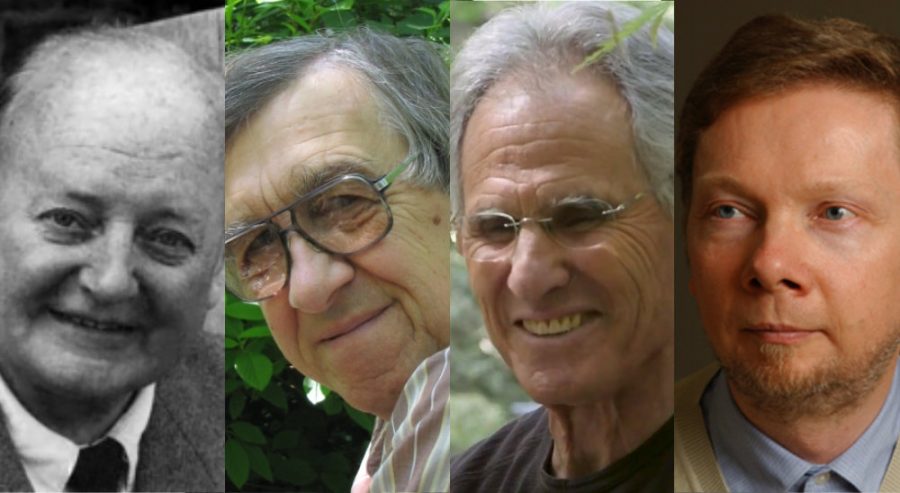In his bestsellers, Eckhart Tolle tells us we have a “pain-body” carrying our “living past”—a concept closely resembling ideas in Maurice Nicoll’s earlier writing. View side-by-side comparisons of more than 40 similar statements they’ve made.
Category: Author quotes compared side-by-side
Eckhart Tolle closely corresponds with Maurice Nicoll in describing how self-observation gives us a conscious “power of choice” over how we react to people and events. By becoming responsible for our inner states, whatever happens in life, we can attain “inner freedom” and inner peace, they similarly explain. View side-by-side comparisons of their words.


